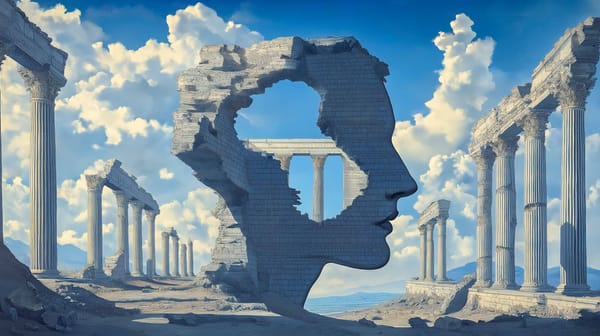For many years, the rich tapestry of history, culture, and natural beauty of the southern Italian province of Campania enthralled guests. Among its several charms, Naples appeals greatly to me. The great German writer Johann Wolfgang von Goethe is thought to have first used the term "Vedi Napoli e poi Muori" (See Naples and Die), which fairly captures the amazing experience of waiting for visitors in this energetic city. But what about Naples and the neighboring Campania area that causes such a strong emotional reaction? Let's head to Campania to explore the beauty that makes it a must-see destination.
The Fascination of Naples
Historical Richness
The capital of Campania, Naples, is a city rich in legacy. Initially established by the Greeks in the ninth century BC and after that significantly included in the Roman Empire, Naples transports visitors on a historical trip. A UNESCO World Heritage Site, Naples's ancient city is a maze of little lanes, old churches, and subterranean tombs dating back another century. Treasures from Pompeii and Herculaneum abound among some of the most complete Roman Empire relics in the Naples National Archaeological Museum.
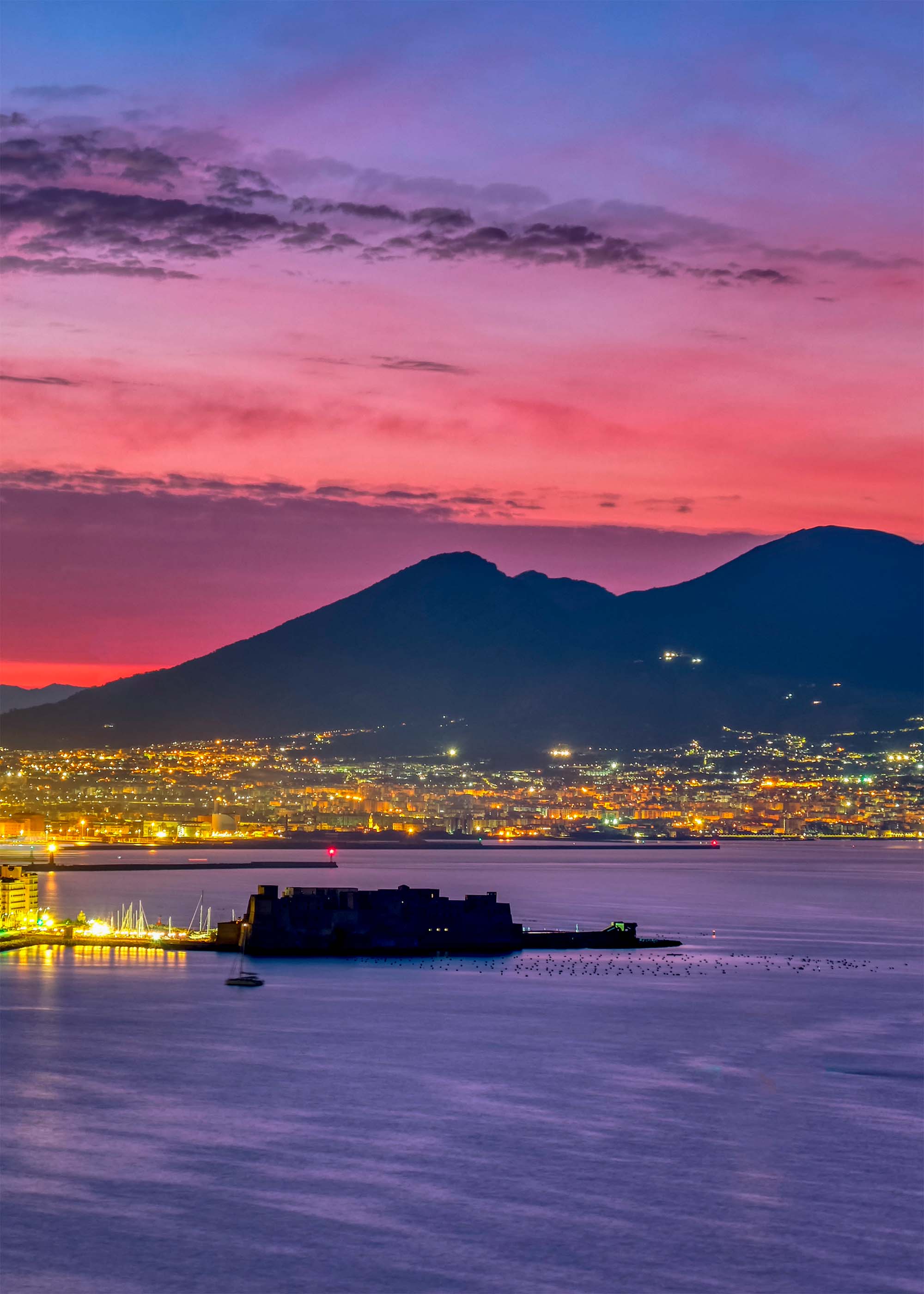
Cultural Vibrancy
Naples is a cultural melting pot in which art, music, and customs coexist. Originating in the city, among the first and most significant opera houses, Neapolitan music flourished in the Teatro di San Carlo. Local events, vivid marketplaces, and street artists define the city's energetic spirit. Celebrated with elaborate displays, especially on San Gregorio Armeno Street, where artists make delicate and graceful sculptures, the presepe (nativity scene) is a Neapolitan custom.
Culinary Delights
No journey to the city is complete without savoring Naples's world-class cuisine. Pizza originally came from Naples; a great experience is to eat a real Naples pizza with its thin dough and basic, premium toppings. Still, Naples's taste experiences transcend mere pizza. The city presents several meals: sfogliatella, creamy ricotta-loaded flaky pastry, and prawn spaghetti. Reflecting the great agricultural abundance of the area, local markets in Pignasecca provide a sensory explosion of fresh fruit, meats, cheeses, and street cuisine.

The Wonderful Amalfi Coast
Scenic Beauty
The Amalfi Coast, running on the southernmost point of the Sorrentine Peninsula, boasts breathtaking landscapes. Towering cliffs, glistening clean lakes, and small towns around Positano, Amalfi, and Ravello provide amazing vistas; pastel-colored villas hang on the cliffs, and terraced gardens burst with brilliant flowers.
Historic Towns
Every town on the Amalfi Coast has its background and attractions. Amalfi, formerly a well-known maritime republic, is the artistic creation of the spectacular Arab-Norman medieval cathedral. With its calm beauty and beautiful villas such as Villa Cimbrone and Villa Rufolo, which provide panoramic views of the Mediterranean, Ravello, high above the coast, has inspired writers and artists for millennia.
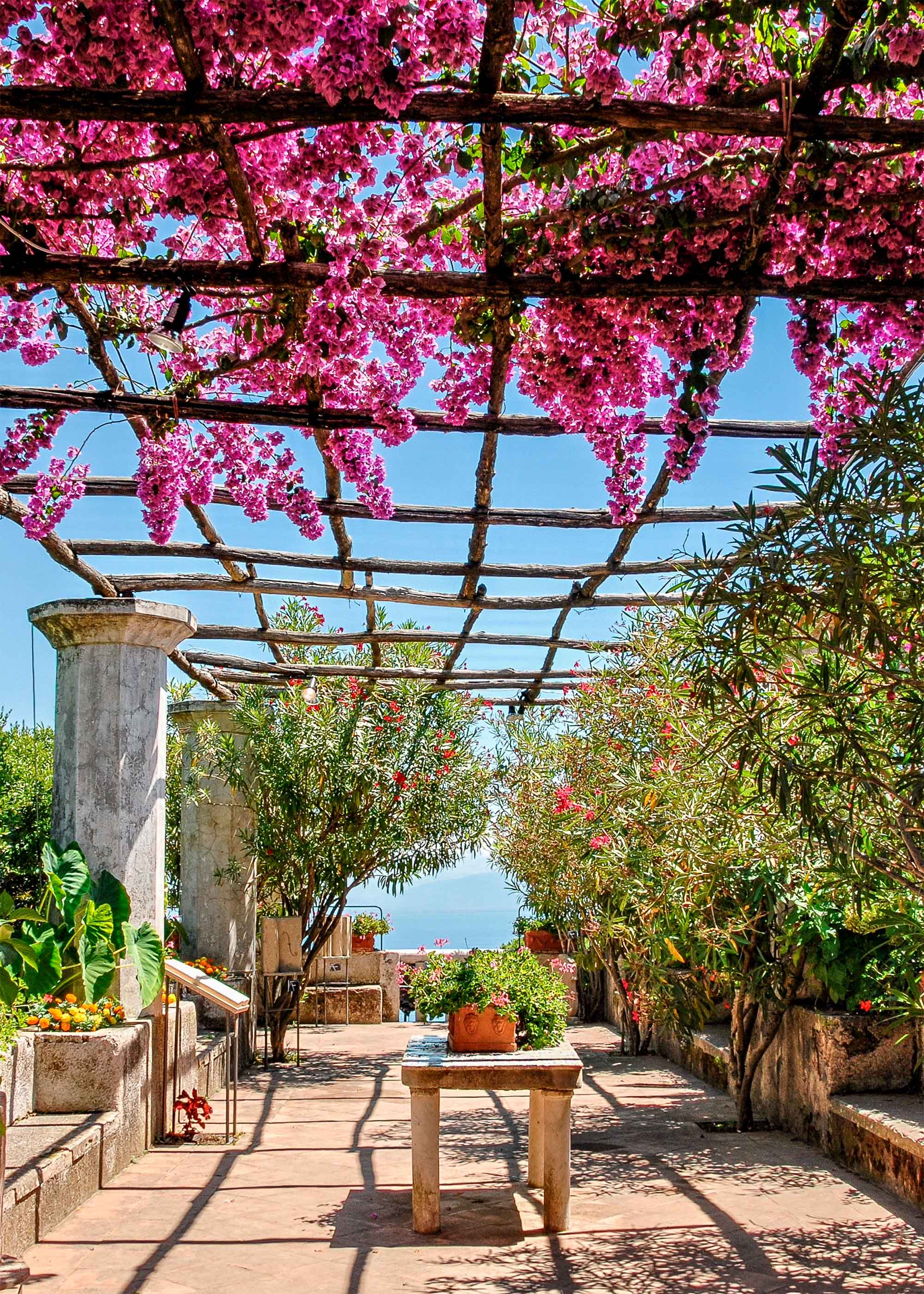
Coastal Cuisine
The cuisine of the Amalfi Coast is a wonderful mirror of its agricultural heritage and beach environment. Locally grown lemons, known for their excellent taste, often accompany the renowned fresh seafood cuisine, including squid, octopus, and anchovies. A local favorite beverage is limoncello, a lemon liqueur. The area is especially famous for its superb pastries, which entirely reflect the spirit of the area. One such delish al limone, lemon-infused, precisely captures this.
The Enigmatic Pompeii and Herculaneum
Ancient Ruins
The ancient cities of Pompeii and Herculaneum, buried under the tragic explosion of Mount Vesuvius in AD 79, uniquely depict Roman life. These well-preserved archeological sites provide windows into social institutions, architectural styles from the era, and daily life lit by streets, homes, and public structures. Visitors walking among the ruins will find frescoes and mosaics dating back more than two millennia.

Cultural Significance
Pompeii and Herculaneum are cultural treasures that have molded our view of Roman life, not only archeological remnants. Thanks to the remarkable preservation of ancient towns, archaeologists and historians may now probe Roman urban design, art, and social mores with hitherto unheard-of accuracy. Seeing these locations offers a teaching tool that vividly brings history to life.
The Serene Islands: Capri, Ischia, and Procida
Capri
The crown jewel of the Tyrrhenian Sea is Capri, well-known for its shopping, opulent resorts, and natural beauty. Capri is home to the beautiful blue-lit sea grotto known as the Blue Grotto. Capri's cliffs and rich vegetation make a breathtaking hiking backdrop; its small town centers include excellent local cuisine and fashionable retail.

Ischia
Ischia, the largest of the Phlegrean Islands, is famed for its thermal springs and therapeutic spas. The island's volcanic origin has blessed it with hot springs and mineral-rich waters that attract visitors seeking relaxation and wellness treatments. Ischia also offers beautiful beaches, lush gardens, and historic sites such as the Aragonese Castle, which stands on a rocky islet connected to the main island by a causeway.
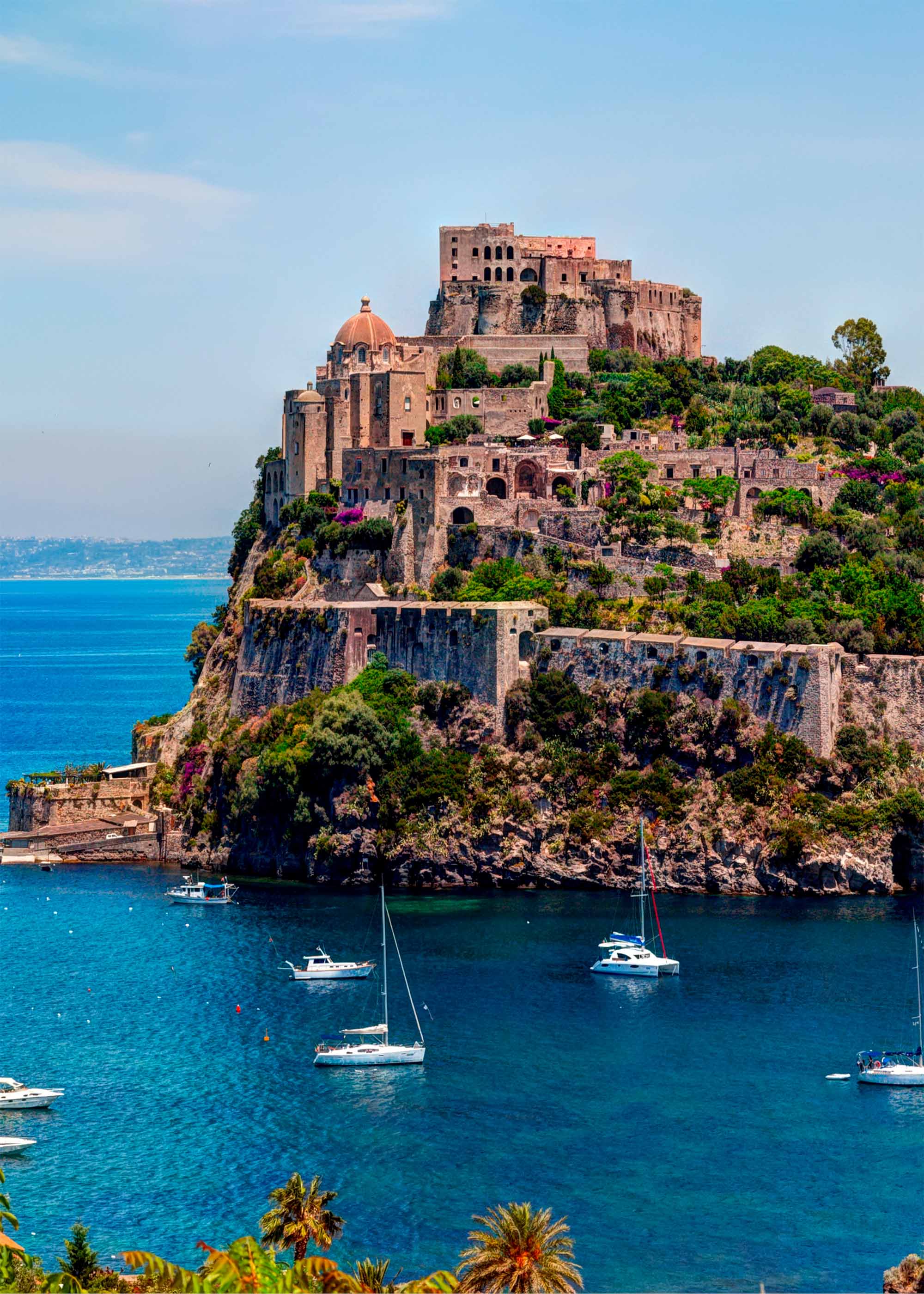
Procida
Among the three islands, Procida is the smallest and is well-known for its quiet surroundings and vibrantly colored buildings. Since Procida is less popular than Capri and Ischia, the journey is more real and laid back. Those who want to get away from the throngs and value the subtle beauty of the Italian coast will find the island perfect, as its little streets, vibrant fishing communities, and breathtaking beaches appeal to their taste.
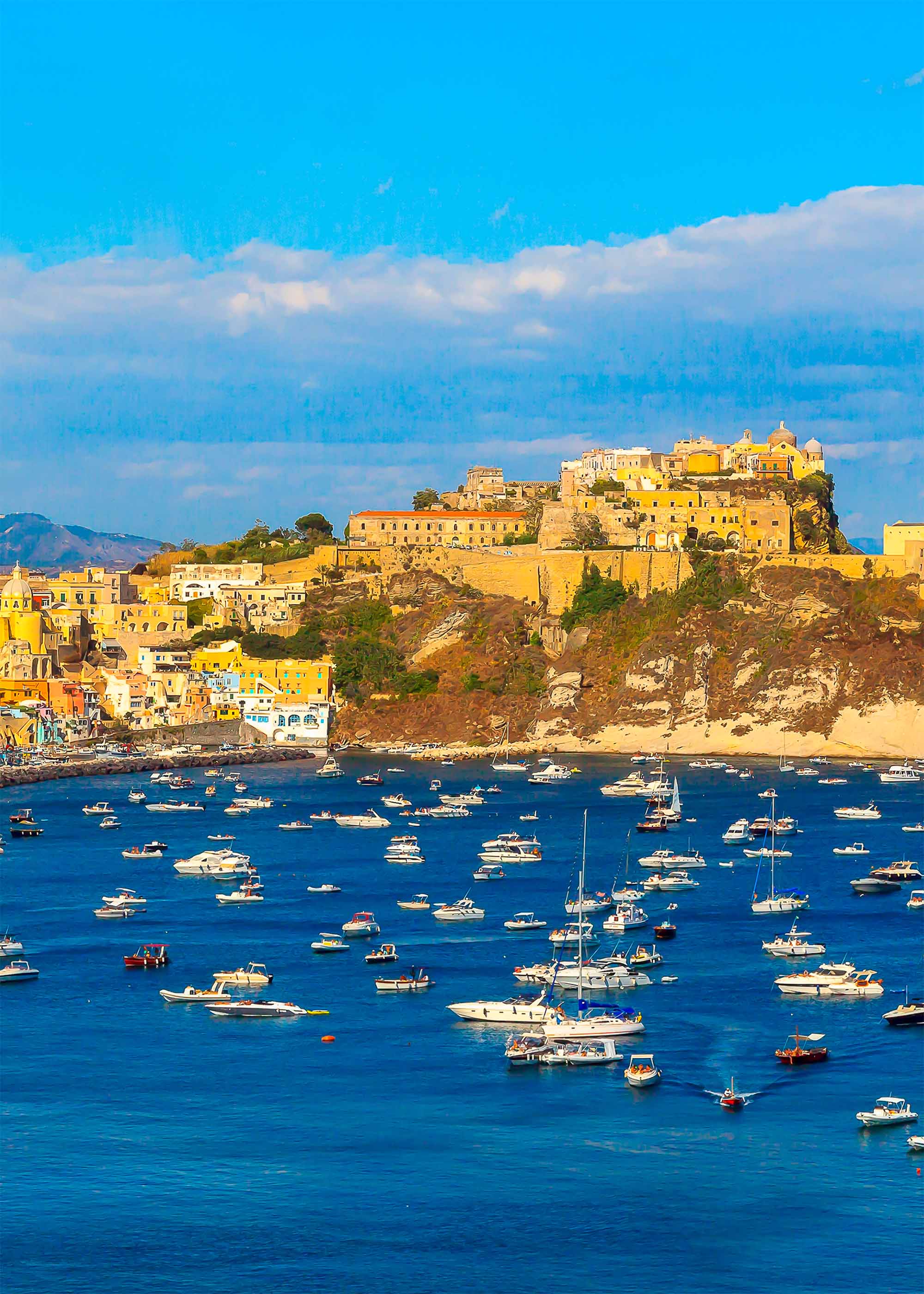
The Vibrant Traditions and Festivals
The Feast of San Gennaro
Among Naples' most important religious events is the Feast of San Gennaro, the patron saint there. Said to bring luck to the community, this September 19th event consists of liturgies, a sad procession, and the remarkable liquefaction of the saint's blood. The celebration is an amazing exhibition of deep religious conviction and feeling part of the city community.
Christmas in Naples
Christmas in Naples is a fantastic opportunity for the city to become a seasonal paradise. As artists market handcrafted Nativity sets and figures, San Gregorio Armeno Street becomes a swarm of activity. While Christmas markets offer a range of food and crafts, lights cover the city. There is a happy atmosphere; events like the Christmas Eve dinner—which offers a range of fish dishes—bring families together to rejoice.
Neapolitan Music and Dance
Neapolitan music, particularly tarantella, is part of the local cultural inheritance. The tarantella's quick tempo and passionate melody capture Naples's vivid character. Through several events and performances throughout the year, the city emphasizes the rich musical traditions that have molded genres worldwide.
The Mystique of Mount Vesuvius
Geological Wonder
One of the natural beauties of continental Europe is Mount Vesuvius, the only active volcano there. Its eruptions changed the surroundings and local history. One rare chance to see the grandeur of nature up close is by climbing Vesuvius. The crater reminds us soberly of the volcano's potential, with its sulfur deposits and fumaroles.
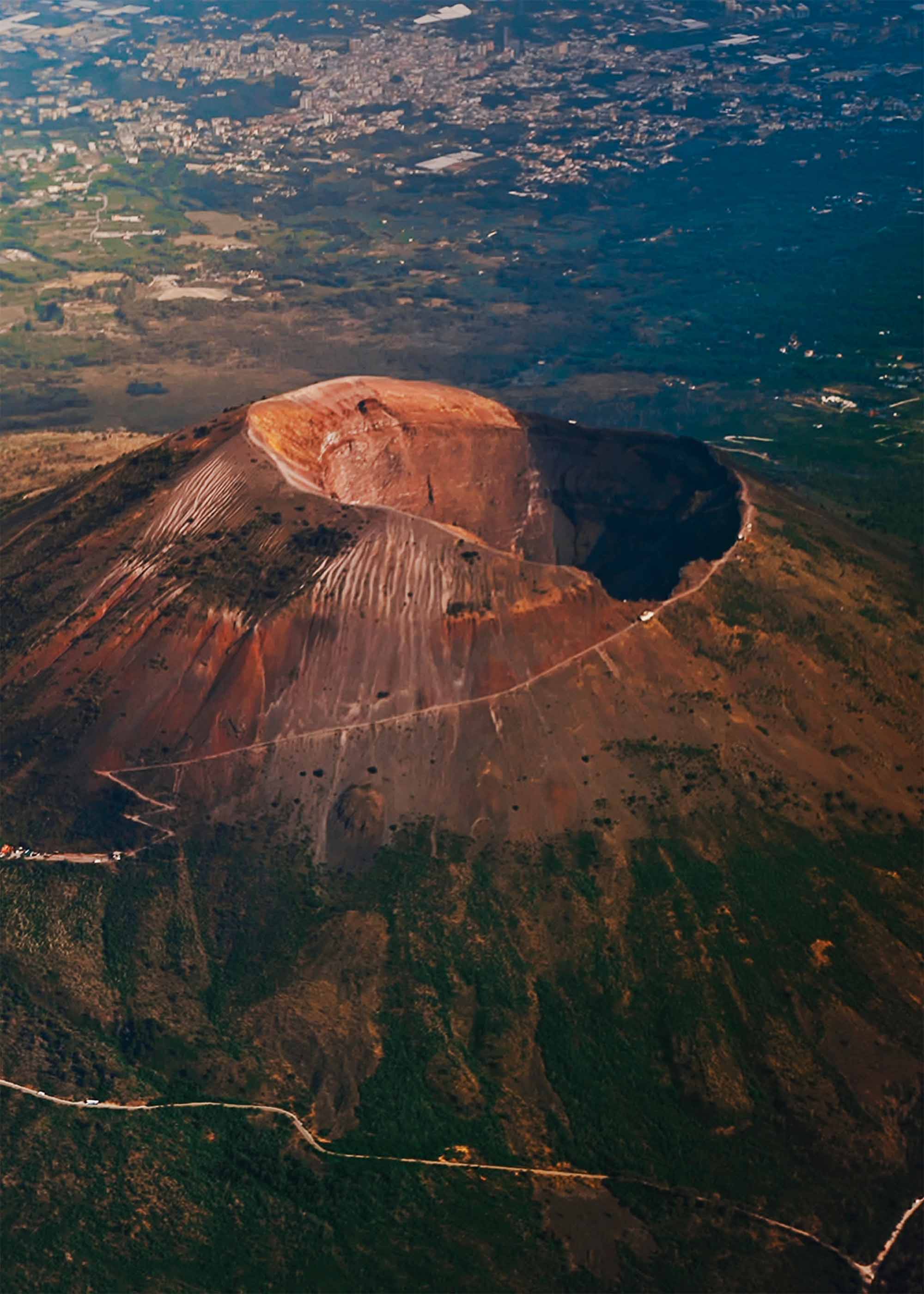
Scientific Interest
Apart from being a tourist destination, Vesuvius is a site of major scientific exploration. Volcanologists study volcanoes to better understand their activity and anticipate future eruptions. The oldest volcanological observatory in the world, the Vesuvius Observatory, conducts continuous research and surveillance aimed at safeguarding the nearby people.
Wine and Agriculture
The fertile volcanic soil around Vesuvius is ideal for viticulture. The region produces unique wines, such as Lacryma Christi (Tears of Christ), which have been enjoyed since Roman times. Visiting local vineyards and wineries offers a chance to taste these distinctive wines and learn about the traditional production methods.
The Architectural Marvels
Royal Palace of Caserta
The Royal Palace of Caserta, often compared to Versailles, is a stunning example of Baroque architecture. Built for the 18th-century Bourbon rulers of Naples, it boasts wide grounds, magnificent staircases, and tasteful chambers. The royal complex, which comprises beautifully kept gardens, gushing waterfalls, and an amazing aqueduct system, is a miracle of engineering and architecture.
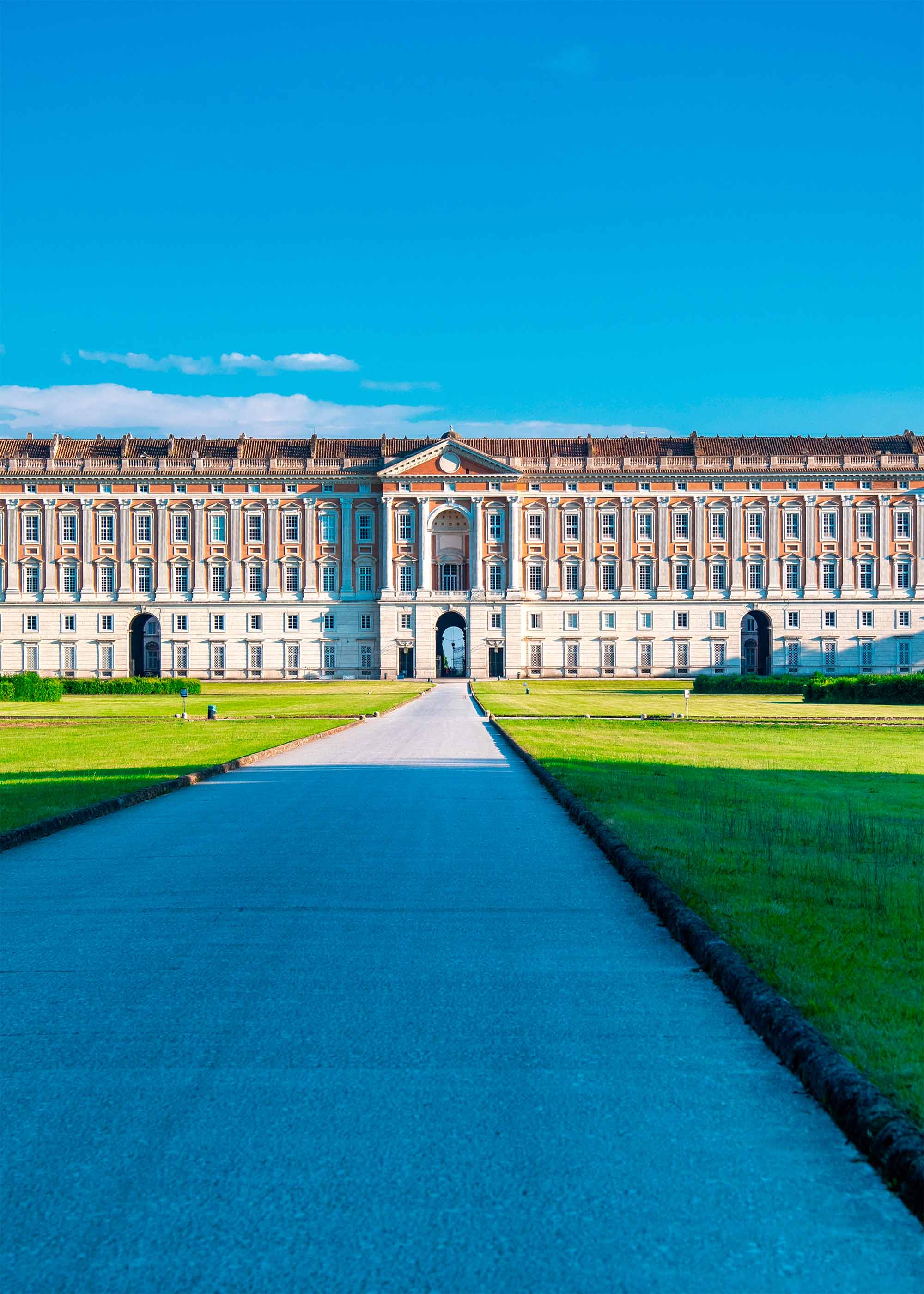
Naples Cathedral
Said to have caused the blood of the saint to liquefy, the architecturally magnificent Naples Cathedral—also known as the Cathedral of San Gennaro—showcases Gothic, Renaissance, and Baroque aspects. Murals, sculptures, and a great shrine respecting the city's cultural legacy abound on the walls.
Castel dell’Ovo
Amazing views of the Gulf of Naples may be enjoyed from the old, still-standing fortification of Castel dell'Ovo in Naples. The legend goes that the Roman poet Virgil set a mystical egg at the castle's base to guarantee its strength and stability. For photographers as much as history buffs, the castle's legacy, and breathtaking views are must-see locations.
The Warm Hospitality and Local Life
The Neapolitan Spirit
Celebrated for their friendliness and generosity, Naples' people genuinely capture the city's core. Their intense fondness for life, love of delicious food, and a strong sense of community produce pleasant and vibrant surroundings. Interacting with residents, whether through casual discussion at a café or attendance at a local event, helps one better appreciate Neapolitan hospitality and culture.
Traditional Markets
Exploring the traditional markets of Campania offers a glimpse into daily life and local traditions. Markets such as Pignasecca in Naples or the bustling fish market in Pozzuoli are vibrant hubs where locals shop for fresh produce, seafood, and other goods. These markets are places to buy food and social spaces where people gather, exchange news, and maintain their community bonds.
Handcrafted Artisanal Goods
Campania is renowned for its artisanal crafts, from ceramics to textiles. Vietri sul Mare on the Amalfi Coast is famous for its colorful ceramics, while Naples boasts skilled artisans who create beautiful leather goods, jewelry, and traditional masks. Purchasing these handcrafted items supports local artisans and provides unique souvenirs that capture the region's essence.
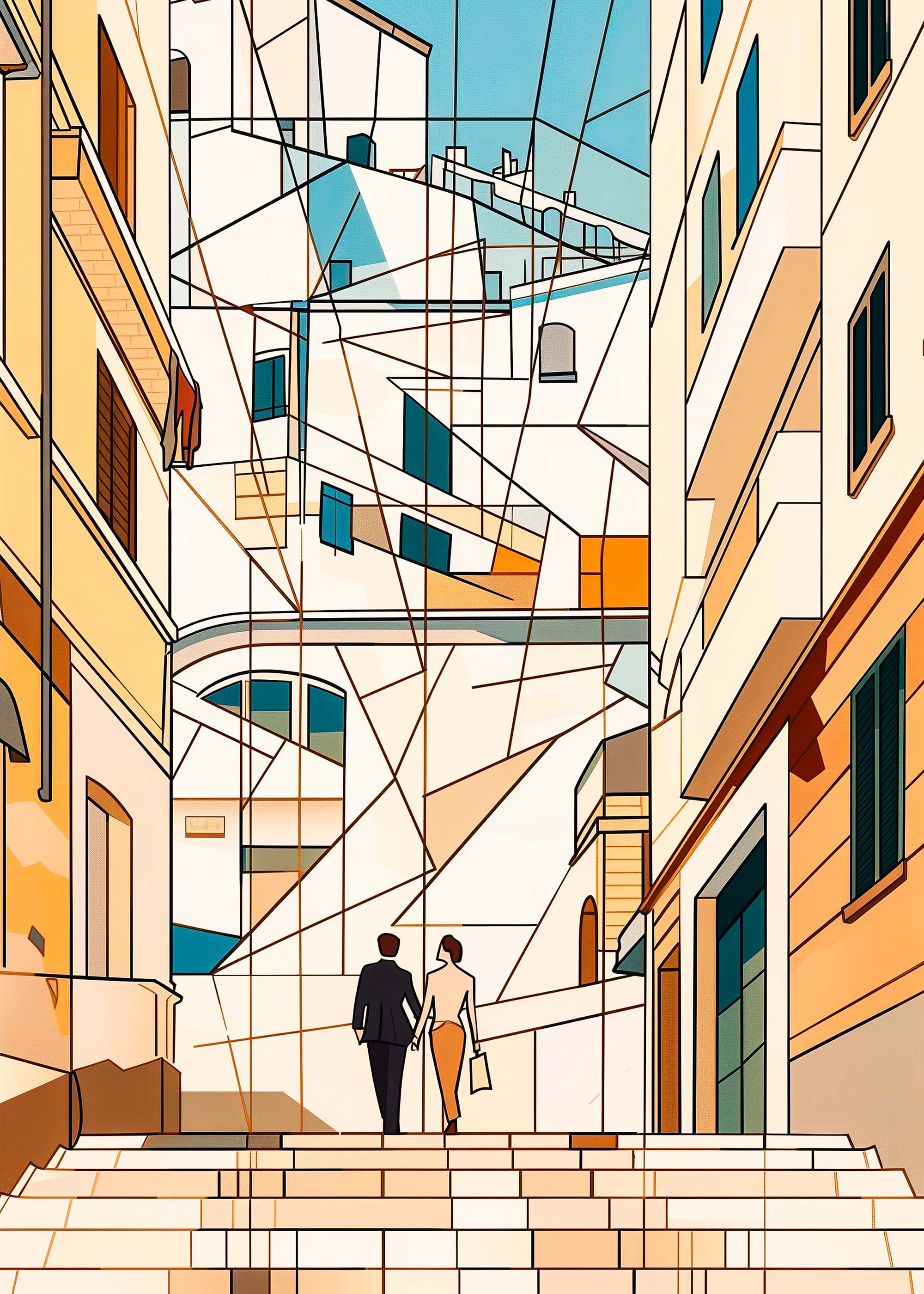
Naples I © Nicholas V. K.
A geometric, abstract cityscape of Naples with a couple walking in warm tones and intricate lines.
The Enchanting Natural Parks
Cilento and Vallo di Diano National Park
Cilento and Vallo di Diano National Park, a UNESCO World Heritage Site, is a vast natural area encompassing mountains, forests, and coastline. The park is home to diverse flora and fauna, including rare species such as the golden eagle and the Italian wolf. Hiking trails, ancient ruins, and charming villages make it a paradise for nature lovers and outdoor enthusiasts.
Vesuvius National Park
Vesuvius National Park, established to protect the volcano and its surroundings, offers a unique landscape shaped by volcanic activity. The park features a variety of ecosystems, from Mediterranean scrubland to lush forests. Visitors can explore the park through guided tours, hiking trails, and educational exhibits that highlight the area's geological and ecological significance.
Matese Regional Park
Matese Regional Park, located in the northern part of Campania, is a hidden gem known for its rugged mountains, pristine lakes, and dense forests. The park offers numerous outdoor activities, including hiking, horseback riding, and bird watching. Its remote location and unspoiled nature provide a tranquil escape from the hustle and bustle of city life.
In Summation
Campania, with its rich history, cultural vibrancy, and natural beauty, promises a truly unforgettable experience. From Naples' bustling streets to the Amalfi Coast's serene landscapes and Pompeii's ancient ruins, every corner of Campania offers something unique and captivating.
Johann Wolfgang von Goethe's phrase “Vedi Napoli e poi Muori” captures the profound impact this region can have on visitors, evoking a sense of wonder and awe that lingers long after the journey ends.
Whether you are drawn by the history, cuisine, or breathtaking scenery, Campania is a destination that will leave you with lasting memories and a deep appreciation for the beauty and richness of Italy.

“We spent today in ecstasies over the most astonishing sights. One may write or paint as much as one likes, but this place, the shore, the gulf, Vesuvius, the citadels, the villas, everything, defies description.”
Johan Wolfgang von Goethe




